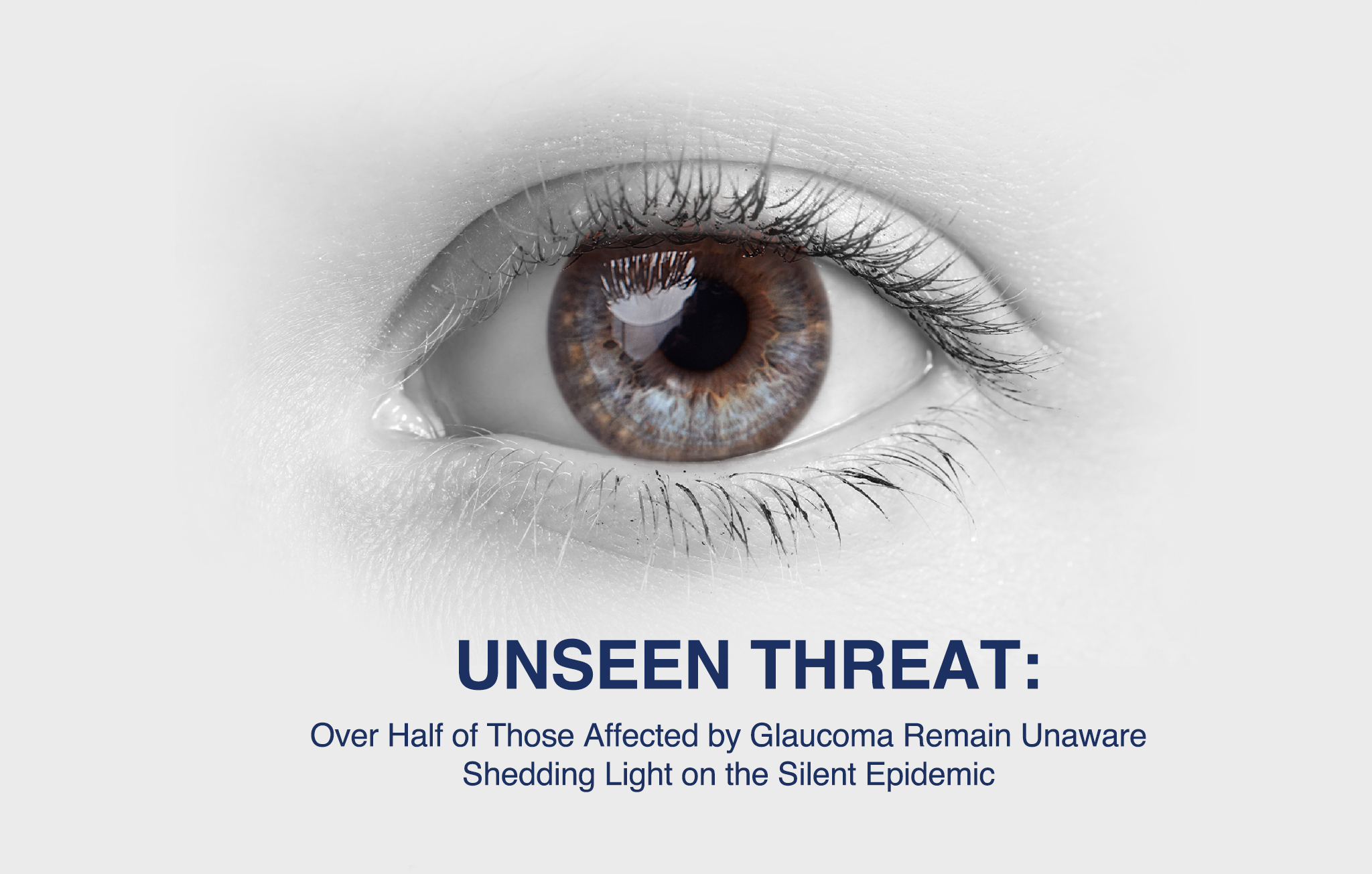More than half of individuals affected by glaucoma are unaware of their condition, emphasizing the silent and gradual nature of this eye disease. In this comprehensive guide, we delve into the various aspects of glaucoma, including its types, symptoms, and crucial treatment options. Learn why early detection through comprehensive dilated eye exams is paramount for preserving your vision.
Types of Glaucoma
Understanding the classification of glaucoma is crucial for early identification and treatment. The disease can be broadly categorized based on origin (primary and secondary) and angle width (open- or closed-angle).
- Primary Glaucoma : Originating without any apparent underlying cause.
- Secondary Glaucoma: Developing as a result of other eye conditions or complications.
- Open-Angle Glaucoma : Characterized by a wide and open angle between the iris and cornea.
- Closed-Angle Glaucoma: Involves a narrow or closed angle, impacting fluid drainage from the eye.
High-Risk Factors
Certain individuals are more susceptible to glaucoma, necessitating proactive measures. If you fall into any of the following categories, it’s crucial to undergo a comprehensive dilated eye exam every 1 to 2 years.
- Age over 40
- Family history of glaucoma
- Diabetes
- Myopia (nearsightedness)
Recognizing Symptoms and Seeking Immediate Help
The slow progression of glaucoma often results in subtle symptoms that may go unnoticed. However, in the case of angle-closure glaucoma, sudden and intense symptoms may arise, including:
- Intense eye pain
- Upset stomach (nausea)
- Red eyes
- Blurry vision
If you experience any of these symptoms, seek immediate medical attention to prevent further damage.
Diagnosis Methods
Early diagnosis is pivotal in managing glaucoma effectively. The following diagnostic methods play a crucial role in assessing the condition:
- IOP Measurement (Intraocular Pressure): Measures the pressure within the eye.
- Dilated Fundus Examination: Focuses on the optic disc for signs of damage.
- Visual Field Test: Assesses peripheral vision.
- Optical Coherence Tomography (OCT): Creates detailed images of the optic nerve.
Given the minimal symptoms until advanced stages, regular eye check-ups are essential for early detection and intervention.
Treatment Options
While there is no cure for glaucoma, timely treatment can halt further vision deterioration. Various treatment modalities exist, including:
- Medications: Typically in the form of eye drops to reduce intraocular pressure.
- Laser Treatment: Targets specific areas of the eye to enhance fluid drainage.
- Surgery: Invasive procedures to create new drainage channels or reduce fluid production.
Initiating treatment promptly won’t reverse existing damage, but it significantly mitigates the risk of further vision loss.
Conclusion
Prioritize your eye health by understanding the nuances of glaucoma, its types, and the importance of regular eye examinations. Awareness, coupled with proactive measures, can be your strongest defense against the silent threat of vision loss. Start your journey towards optimal eye health today and ensure a clearer tomorrow.




